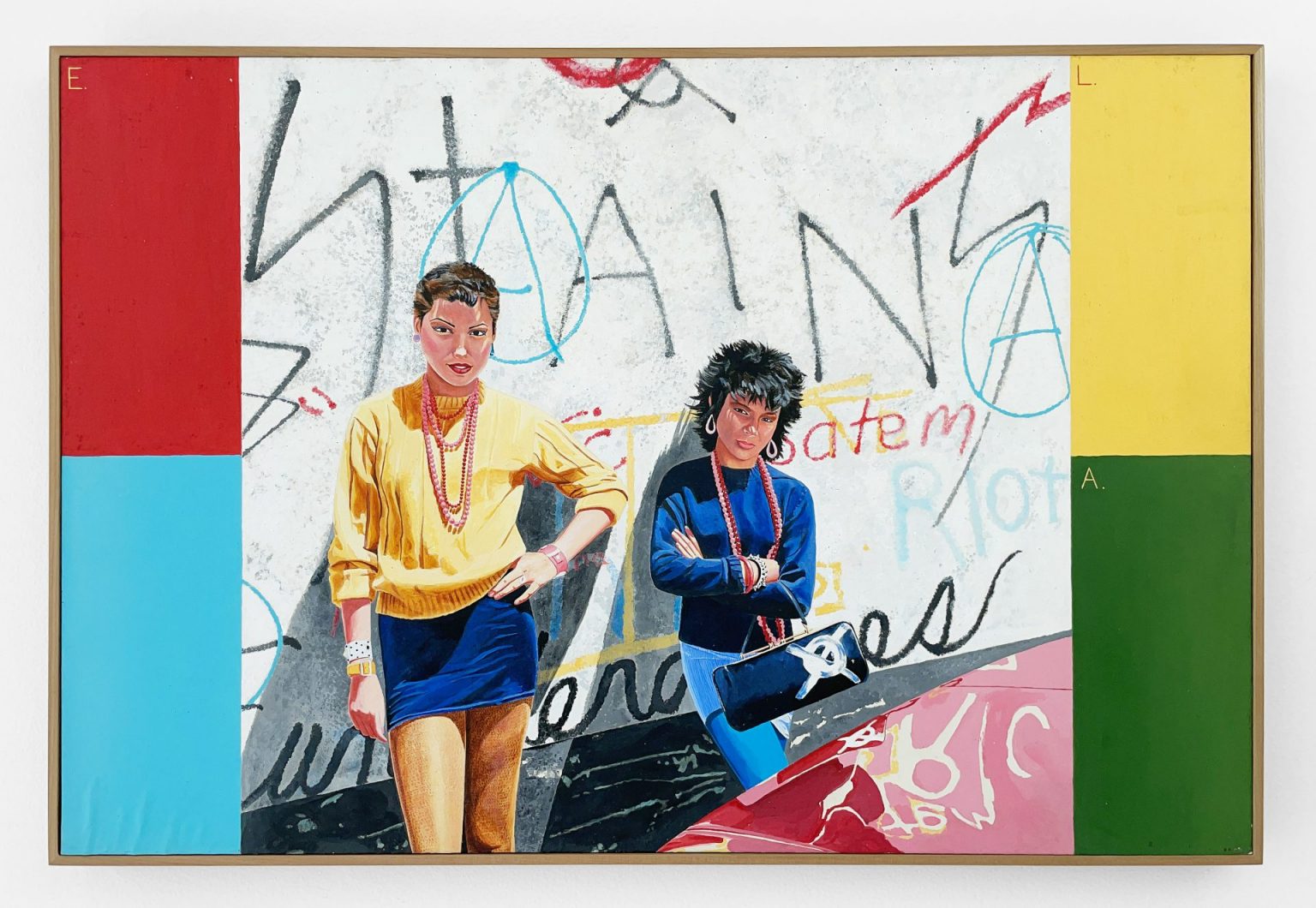When the British-born artist Nick Taggart came to Los Angeles in 1977, he planned to stay for three months. Four-plus decades later, he is still here, living on the same Glassell Park street he was told about at a Stranglers show in London. Then twenty-two, Taggart, who studied illustration at Cambridge School of Art, found LA’s legendary light, eclectic architecture, and frontier landscape irresistible—and the antithesis of gray, recession-bound London. He quickly connected with the vibrant underground art and music scenes centered in downtown LA and Hollywood, at clubs like Al’s Bar and the Masque, which gave rise to iconic punk and new wave bands like X, The Go-Go’s, Devo, and Missing Persons, as well as lesser-known groups like Party Boys and Fender Buddies, who became his friends.
All the while, Taggart sketched his new city in his notebook, depicting the color-soaked mystique of the Santa Monica Pier, Hollywood’s Stardust Motel, a corner of Colorado Boulevard in Eagle Rock, and the dynamic characters in his social and creative orbit. But it wasn’t until he switched from colored pencils to acrylic paints that Taggart finally found a way to capture the city’s light. “Once I started using acrylics I felt like I could get that intensity within the shadows,” Taggart says today. “Even in the shadows there’s a blue glow; even the dark has light.”
In another painting, the purple pointy shoes on a pair of legs standing over a topless blonde woman lying poolside in a clear plastic raincoat, belong to the fashion designer Gregory Poe, the older brother of gallerist Jeff, of Blum & Poe, and designer of said raincoat. That work caught the eye of Jann Wenner, who tried to commission something similar for Rolling Stone, but Taggart was traveling, and already onto the next thing—which at the time included book and record covers and T-shirt and poster designs for the pop culture retail mecca, Heaven, a counterpart to the neon-lit Italian emporium Fiorucci. The paintings went into flat files, where they remained, unseen for 40 years, until Taggart started sharing some of his archives on Instagram during the pandemic.
Dani Tull and Yvonne Bas Tull, who run the gallery ODD ARK • LA and are fellow Northeast LA artists, began to take notice of Taggart’s Instagram posts—the work from the 1980s, in particular. “It got to a point where it was kind of exciting to see what he would post next,” recalls Dani Tull, a born-and-bred Angeleno whose mother had an art studio on Skid Row during that same time. Recognizing a little-known slice of LA art history and a vital link between the renegade spirit of the underground and the global art market of today, they approached Taggart—now an art professor whose work skews toward meticulous organic abstractions—about a show.
LA Stories: Paintings and Drawings from 1980, featuring six paintings and nine oil pastel portraits of models and cultural figures like Brooke Shields and Grace Jones, is a technicolor time capsule. The high-gloss surfaces and saturated hues, angular compositions and cuts of clothing, sculpted coifs and bold slashes of blush and lipstick, all point to the digital era on the horizon—yet in fact they are masterfully rendered by hand. Seen up close, minute details are revealed within the brushstrokes. For Taggart, who framed the paintings for the exhibition, seeing them in a new context after forty years has been revelatory. “It’s sort of more interesting to see them now,” he notes, adding that perhaps he was simply waiting for the right moment to show them.
In Tull’s opinion, the screen-friendly nature of the work makes it that much more rewarding to see it in a brick-and-mortar space. He views presenting the paintings IRL, as it were, as an opportunity “for people to ponder the history of the LA art community. And in that pondering we have an opportunity to think about where we’re at, and where we’re going…Aside from that, the paintings are really fucking cool.”



